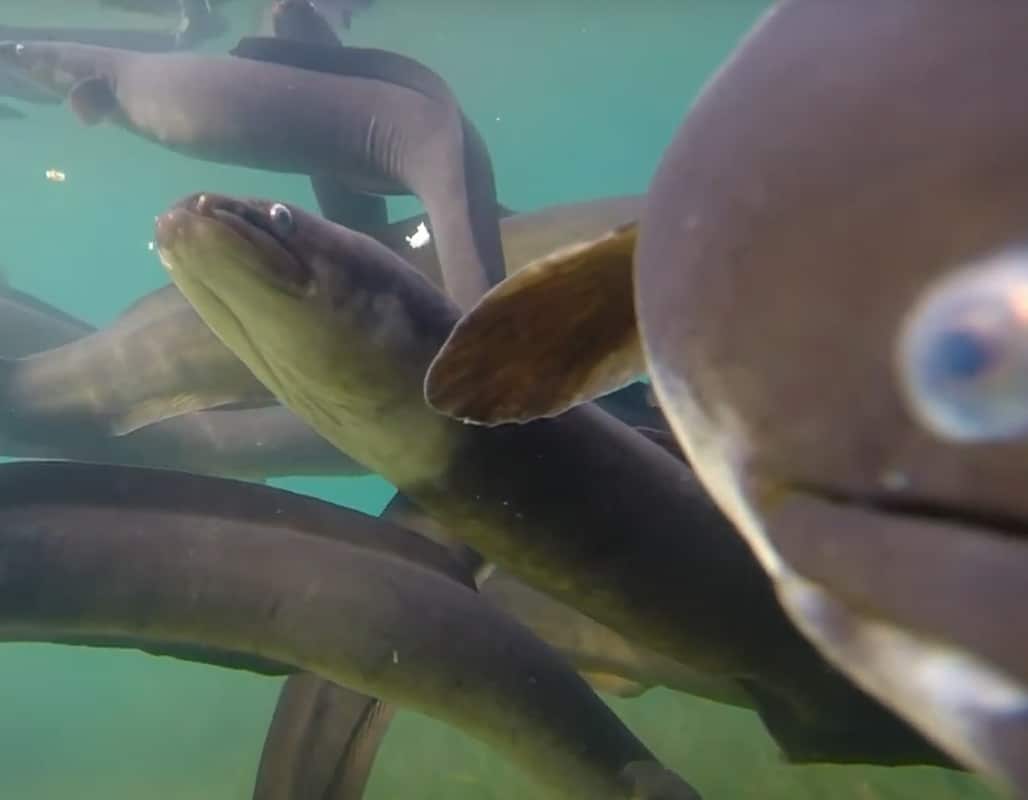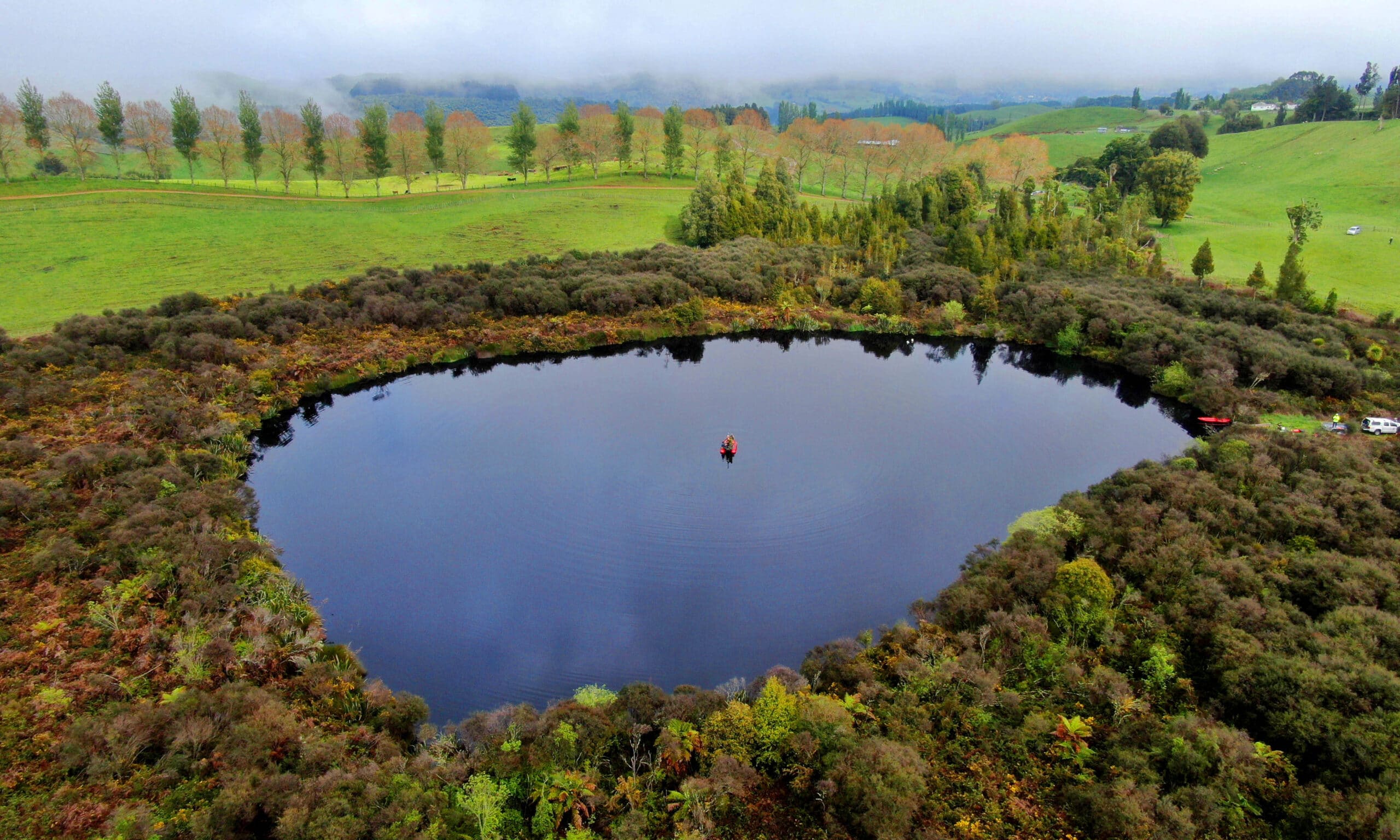2021. Development of droplet digital Polymerase Chain Reaction assays for the detection of long-finned (Anguilla dieffenbachii) and short-finned (Anguilla australis) eels in environmental samples. PeerJ 9:e12157 https://doi.org/10.7717/peerj.12157
Abstract
Freshwater eels are ecologically, and culturally important worldwide. The New Zealand long-finned eel (Anguilla dieffenbachii) and short-finned eel (Anguilla australis) are apex predators, playing an important role in ecosystem functioning of rivers and lakes. Recently, there has been a national decline in their populations due to habitat destruction and commercial harvest. The emergence of targeted environmental DNA detection methodologies provides an opportunity to enhance information about their past and present distributions. In this study we successfully developed species-specific droplet digital Polymerase Chain Reaction (ddPCR) assays to detect A. dieffenbachii and A. australis DNA in water and sediment samples. Assays utilized primers and probes designed for regions of the mitochondrial cytochrome b and 16S ribosomal RNA genes in A. dieffenbachii and A. australis, respectively. River water samples (n = 27) were analyzed using metabarcoding of fish taxa and were compared with the ddPCR assays. The presence of A. dieffenbachii and A. australis DNA was detected in a greater number of water samples using ddPCR in comparison to metabarcoding. There was a strong and positive correlation between gene copies (ddPCR analyses) and relative eel sequence reads (metabarcoding analyses) when compared to eel biomass. These ddPCR assays provide a new method for assessing spatial distributions of A. dieffenbachii and A. australis in a range of environments and sample types.




